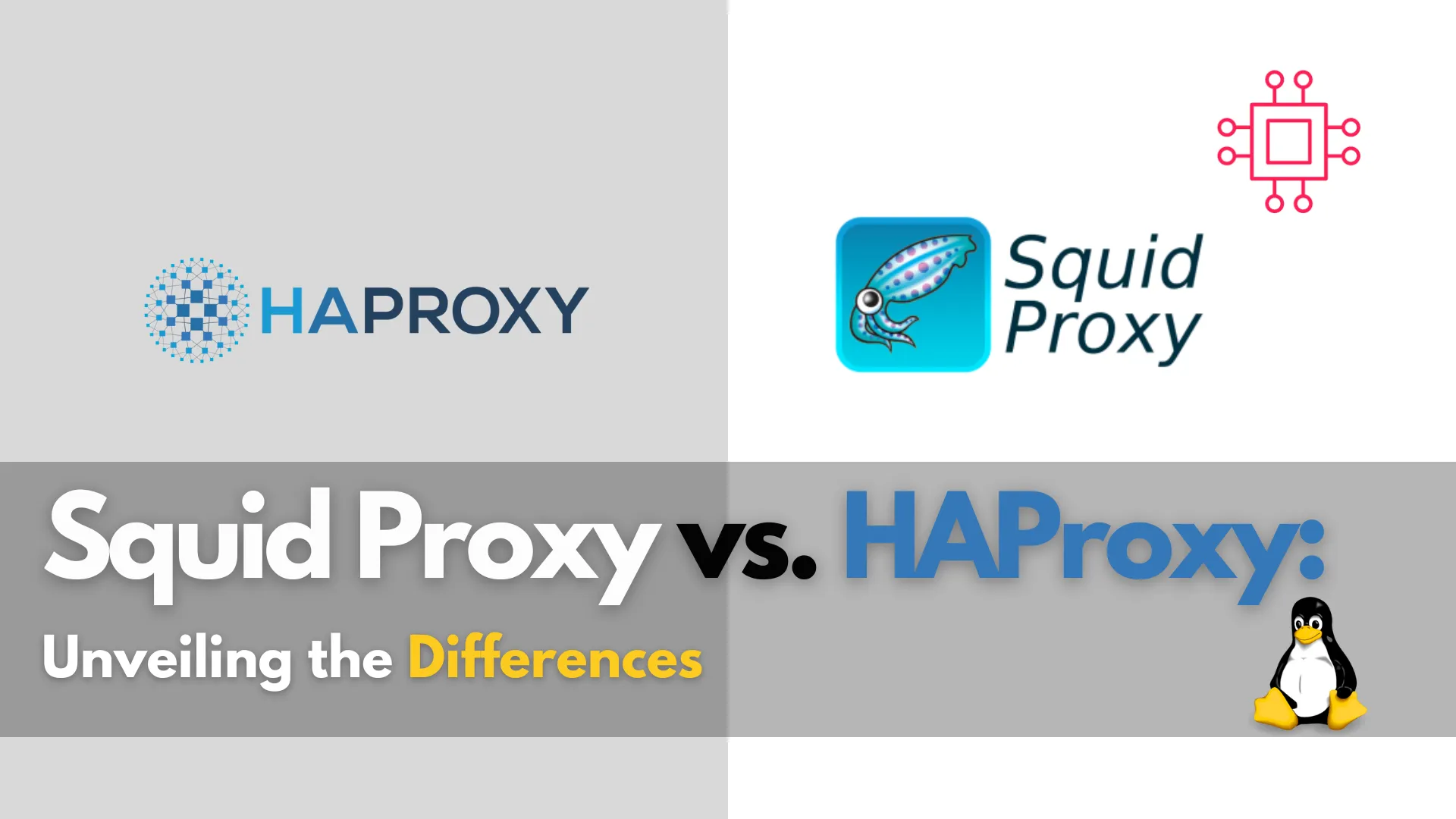
In this guide, we’ll walk you through the process of deploying WordPress on Minikube, enabling you to develop and test your WordPress sites with ease.

In this comprehensive guide, we’ll delve into the intricacies of Squid Proxy and HAProxy, shedding light on their differences, use cases, and features.
In today’s digital landscape, where online security and performance are paramount, proxy servers play a crucial role in managing and optimizing web traffic. Among the myriad of proxy server options available, Squid Proxy and HAProxy stand out as two popular choices. However, discerning the nuances between these solutions is essential for making informed decisions about which one best suits your specific needs.
Squid Proxy is a widely-used caching and forwarding HTTP web proxy. It primarily focuses on optimizing web content delivery by caching frequently accessed web pages and objects, thereby reducing bandwidth usage and improving response times. Squid is renowned for its robust performance, reliability, and extensive feature set, making it a preferred choice for organizations seeking to enhance web browsing experiences.
HAProxy, on the other hand, is a high-performance TCP/HTTP load balancer and proxy server known for its exceptional reliability, flexibility, and scalability. Unlike Squid, which primarily focuses on caching and content delivery optimization, HAProxy is designed to distribute incoming traffic across multiple backend servers to ensure high availability and fault tolerance.
While both Squid Proxy and HAProxy serve as intermediaries between clients and servers, they cater to distinct use cases and excel in different areas. Here’s a comparative analysis highlighting their key differences:
Focus and Use Case:
Protocol Support:
Performance and Scalability:
While Squid Proxy and HAProxy both serve as intermediary solutions for managing and optimizing web traffic, they cater to distinct use cases and excel in different areas. Squid Proxy shines in caching and content delivery optimization, whereas HAProxy specializes in load balancing and high availability. By understanding the differences between these two solutions, organizations can make informed decisions based on their specific requirements for performance, scalability, and functionality.
Whether you prioritize caching and content delivery optimization or require robust load balancing and high availability capabilities, Squid Proxy and HAProxy offer reliable solutions to meet your needs in today’s dynamic digital landscape.
Did you find this article useful? Your feedback is invaluable to us! Please feel free to share your thoughts in the comments section below.
Related Posts

In this guide, we’ll walk you through the process of deploying WordPress on Minikube, enabling you to develop and test your WordPress sites with ease.

In this guide, we will walk you through the step-by-step installation of Squid Proxy on RHEL9 or CentOS9, catering to the needs of IT professionals

In this blog post, we’ll delve into the 10 major differences between Red Hat and Kali Linux, shedding light on their unique features, use cases,
